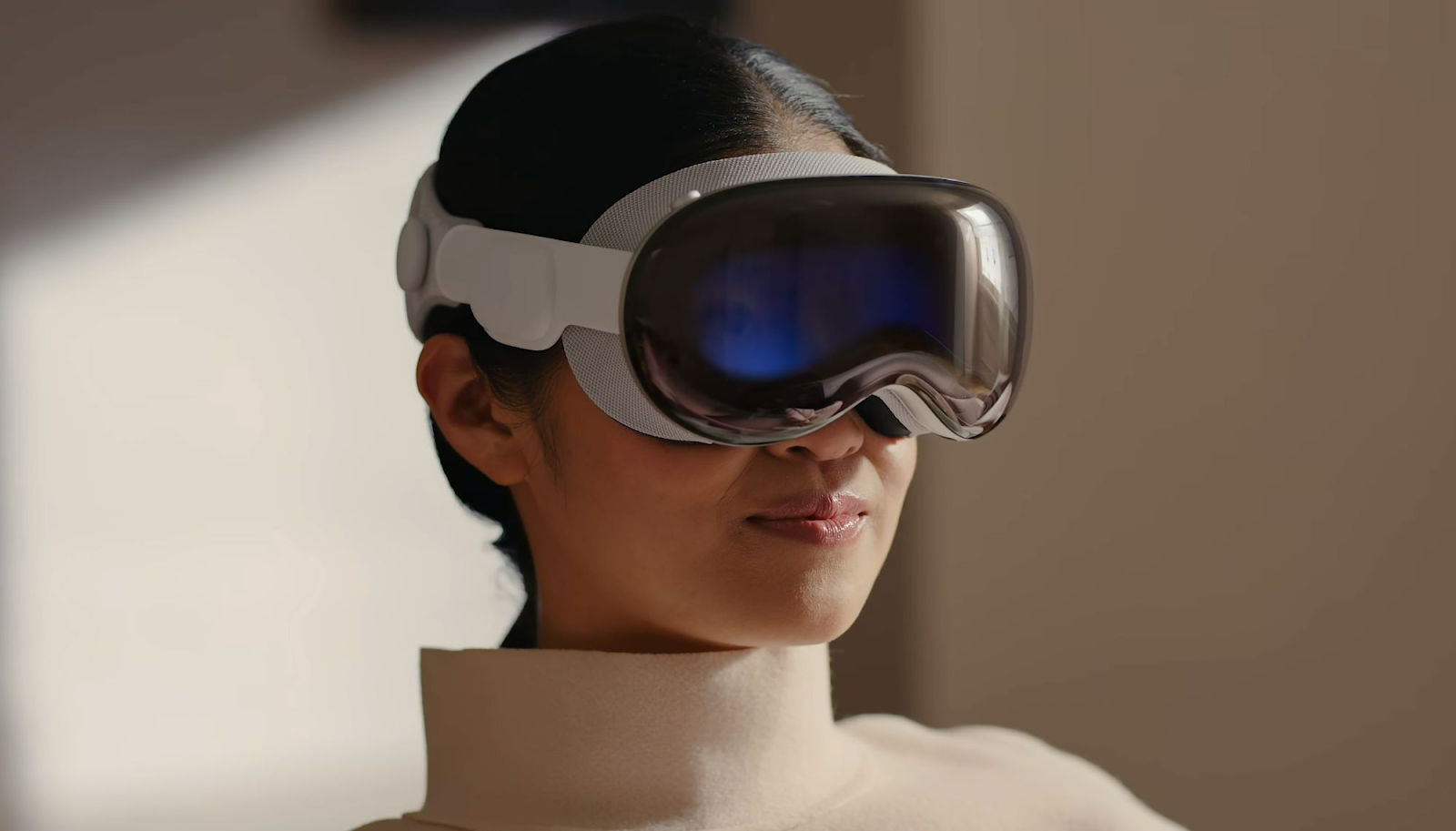Diffusion Theory Applied to the Apple Vision Pro
To better understand the Apple Vision Pro's lack in popularity, let us look at the Diffusion of Innovation Theory. As illustrated in the image on the left, this theory is represented by an arc-shaped graph starting from innovation and ending after market saturation.
Since its release in February 2024, the Apple Vision Pro has received a massive amount of complaints and backlash from users. Many users have also returned their devices for health, privacy, comfort, and usage concerns. It has also received criticism for its bizarre appearance and that it can become a barrier to in-person connection.
 These complaints disappoint loyal Apple consumers who purchased this device on its release and soon after. This disappointment has not fallen on deaf ears with numerous articles and reviews expressing distaste for the product. These public complaints and the price of $3500 have deterred many people in the market for the Vision Pro.
These complaints disappoint loyal Apple consumers who purchased this device on its release and soon after. This disappointment has not fallen on deaf ears with numerous articles and reviews expressing distaste for the product. These public complaints and the price of $3500 have deterred many people in the market for the Vision Pro.Although the initial turnout of the Vision Pros was successful, I believe many of these early adopters supported the product simply because it is an Apple product. Now that they have been tested by the public, I doubt Apple will be able to get them over the chasm section (shown below) of the diffusion chart successfully.
I think the downsides of this technology severely outweigh the positive features it possesses because of the price, privacy concerns, and the health effects caused. However, I think the general public cannot become adopters because of the price alone. If the price was more affordable, I think more people would try it and would be less likely to listen only to the reviews. As for myself, I think many other companies have already made headsets like this that are safer and more affordable, so although I think this technology, in general, has potential, I do not believe Apple's is viable at this time.







No comments:
Post a Comment